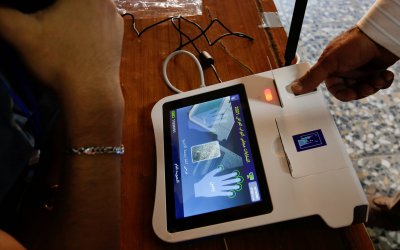At the peak of the fighting between Iraqi forces and the Islamic State of Iraq and Syria (ISIS) in 2017, at least 5.8 million people were forced to flee their homes. As fighting subsided, some 4.78 million internally displaced persons (IDPs) returned. However, the pace of return has now slowed, leaving an estimated 1.28 million IDPs at risk of protracted displacement: as of October 31, 2020, there are approximately 253,000 IDPs located in camps and another 924,000 IDPs in private or informal housing arrangements. Iraq's IDP population is comprised of diverse groups with equally diverse intentions: the majority wish to return if the conditions are conducive; others prefer to integrate where they are; and still others prefer to resettle in a third location within Iraq.
Currently available research on the return of IDPs to their areas of origin in Iraq typically identifies material and social factors as key barriers that prevent or hinder IDP return. Missing from the existing body of research, however, is the larger political context that creates or drives these obstacles: namely, how specific political actors or political strategies influence or even determine which obstacles to IDP return exist, how often these barriers arise, and how difficult they are to overcome. This study addresses this gap in knowledge by examining how political dynamics in various provinces solidify or mitigate obstacles to IDP return.
Click here or on the image below for the full report.





